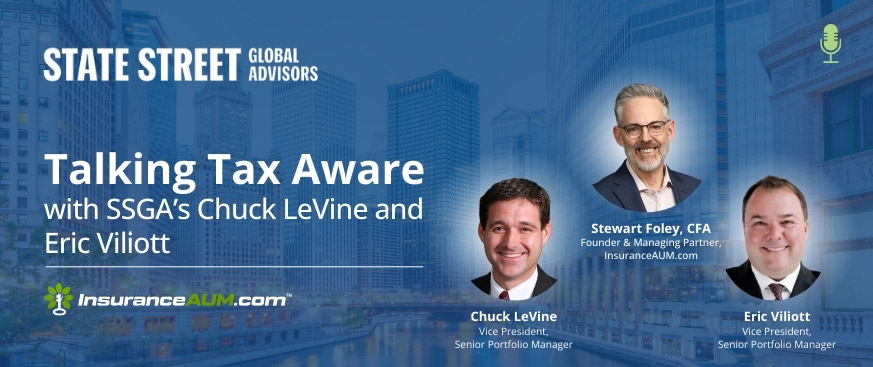State Street Investment Management
At State Street Investment Management, we have been helping to deliver better outcomes to institutions, financial intermediaries, and investors for nearly half a century. Starting with our early innovations in indexing and ETFs, our rigorous approach continues to be driven by market-tested expertise and a relentless commitment to those we serve. With over $4 trillion in assets managed*, clients in over 60 countries, and a global network of strategic partners, we use our scale to create a comprehensive and cost-effective suite of investment solutions that help investors get wherever they want to go.
*This figure is presented as of March 31, 2025 and includes ETF AUM of $1,553.58 billion USD of which approximately $106.42 billion USD in gold assets with respect to SPDR products for which State Street Global Advisors Funds Distributors, LLC (SSGA FD) acts solely as the marketing agent. SSGA FD and State Street Global Advisors are affiliated. Please note all AUM is unaudited.
Benjamin Woloshin
Head of Insurance
Benjamin_Woloshin@ssga.com (929) 567-5882
Meta Tomai Curry
Head of Insurance Strategy
Meta_Curry@ssga.com (929) 567-5697
One Congress Street, Boston, MA 02114-2016





